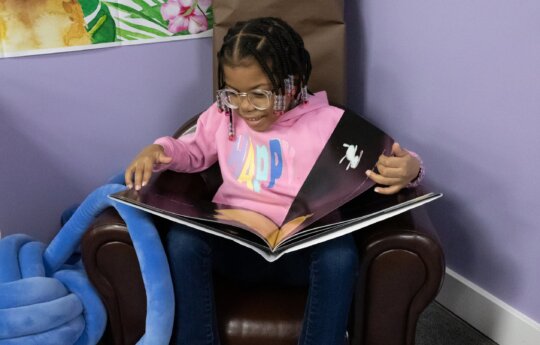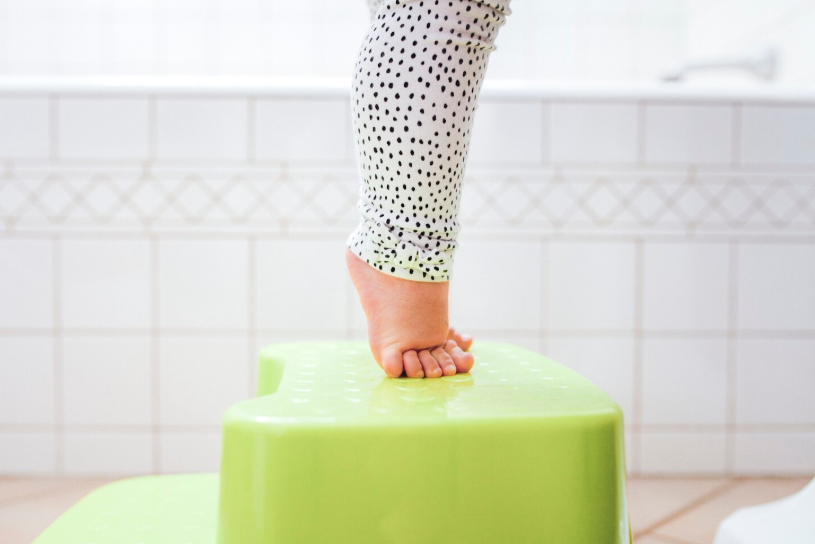
A significant developmental milestone for your child is potty training. It can also appear to be one of the most difficult parenting tasks for a lot of parents. The main query is: How do you handle different potty training age with various individuals in various contexts?
The good news is that when caregivers, educators, and parents collaborate, potty training can be constructive and effective. Open teacher communication, a regular potty schedule, and getting your child ready to stop using diapers are the three main components of potty training at Little Scholars Toddler Program.
Why a Home–Daycare Plan Matters
You should find out if a daycare or preschool assists with potty training before enrolling. Your child may need to be toilet trained and accident-free before they may attend some preschools. You should begin training far in advance of your child’s first day if that is the case.
Potty training is not a requirement for daycares that serve a wider age range of children or for federally supported daycares like Little Scholars. Because it can be incredibly motivating for a toddler to see other kids in the classroom who are also potty training, childcare centers can be excellent places for potty training. Your youngster will receive assistance from the teachers.
Inquire about the bathroom’s layout, sink and toilet heights, whether the kids use adult or kid-sized toilets, and how potty training is managed during naps, when mishaps are more likely to occur. You can have a conversation with your toddler to help them get ready for this change by using the responses to these questions.
Potty Training Readiness Signs
Since daytime bladder control has improved by the time children are two and a half to three years old, many parents wait until then to begin toilet training. Some kids wait until they are closer to three or even four before they show any interest in potty training. Having a 2-year-old who is eager to toilet train may be more convenient, but it’s also quite common to have a child who prefers to wait longer or who eventually goes through a progressive potty-training process.
Children cannot control their bladder motions until they are 12 months old, and even toddlers who exhibit numerous readiness indicators may still struggle with elimination control. Additionally, it frequently takes longer for kids who can stay dry during the day to stay dry at night. Be ready for handwashing! Actually, you may wish to consider dryness during the day and at night to be two distinct potty-training milestones.
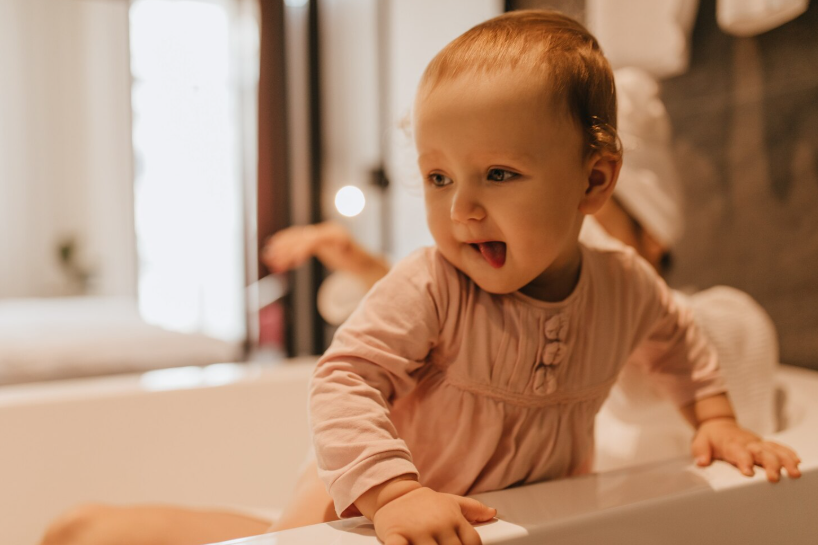
Building a Home–Daycare Potty Training Chart
Only when parents and teachers collaborate and are in agreement can potty training chart in daycare be successful. Getting parents and teachers on the same page is one of the most crucial strategies to guarantee a successful potty training practice. Find out how Little Scholars can help you and your kid form the best possible relationship, using sticker charts. To learn more about the negative effects that unreasonable expectations can have on a potty-trained child, go through other blog entries on the Learning Center.
Equipment for toilet training
Children take their time learning how to use the restroom. Days, weeks, or months may pass. Additionally, it may take weeks for poos. You should be proud of your child’s accomplishments because they will eventually reach their goals. Everyone can become agitated by overstimulation, and your youngster may stop using the restroom.
Potty or toilet
Toilet training can begin with the toilet or a potty. One may be more appealing to your child than the other. Your child can also be encouraged to use both. Here are potty training tips:
- Some kids find a potty less frightening than a toilet, because it’s easy to move around.
- However, everyone else uses the toilet to urinate and defecate.
Also required if your child will be using the restroom is:
- Your youngster can use a footstool or step to rest their feet while they sit and to go on the toilet.
- A tiny seat that firmly fits into the large toilet seat.
Training pants and pull-ups
If your child is no longer in a diaper, they are more likely to comprehend the concept of using the restroom. Therefore, it might be time to get some pull-ups and/or training pants:
- For toilet training, training pants are a type of absorbent underwear. They can contain larger messes, such as unintentional poop, although they are less absorbent than diapers. After your child is wearing training pants, put them in clothing that they can rapidly remove.
- Your youngster may benefit from pull-ups as they become accustomed to wearing underwear. They can be useful if you’re going out and are more absorbent than fabric training pants.
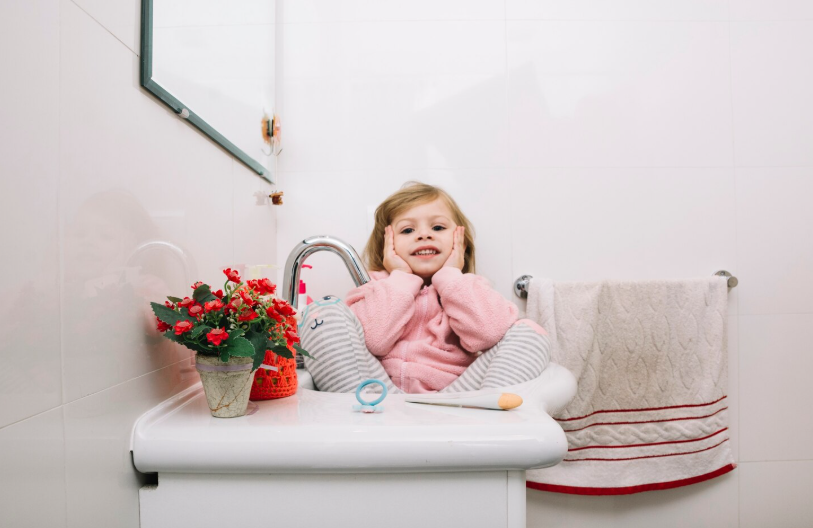
Checklist
You can get your child ready for this significant milestone long before you begin toilet training. Here are some suggestions:
- Teach your child to use the restroom by teaching them words like “wee,” “poo,” and “I need to go.”
- Putting wet and dirty diapers on the potty when changing your child’s diaper can help them grasp the purpose of the toilet.
- Allow your youngster to observe you or other family members who you trust using the restroom and discuss your actions with them.
- Start placing your child in training pants once or twice a day to assist them learn how to feel wet.
- To prevent constipation, make sure your child is eating a lot of fiber and drinking a lot of water. Toilet training may be more difficult if you’re constipated.
Getting started with toilet training
Toilet training should ideally begin when there aren’t any significant changes in your family’s life imminent. Avoidable changes could be taking a vacation, enrolling in daycare, having a new baby, or relocating.
Additionally, starting toilet training on a day when you don’t have any plans to leave the house is a smart idea:
- Make using the restroom a regular part of your child’s day. Encourage your youngster to use the toilet or potty, for instance, in the morning routine and either before or after meals and snacks.
- When your child exhibits symptoms like wiggling, passing wind, becoming quiet, or moving away from you, encourage them to use the restroom. However, don’t make your youngster leave.
- When a bowel movement is more likely to occur, such as half an hour after eating, encourage your child to sit on the toilet.
- Encourage your child to use the restroom whenever they switch activities if they are between the ages of three and four. For example, before your child eats lunch, remind them to use the restroom.
Start wearing training pants or underpants constantly. Use diapers, absorbent sheets, or mattress protectors at night and during the day because it takes longer to stop the bed from getting wet while you’re sleeping.
Handling Accidents & Regressions
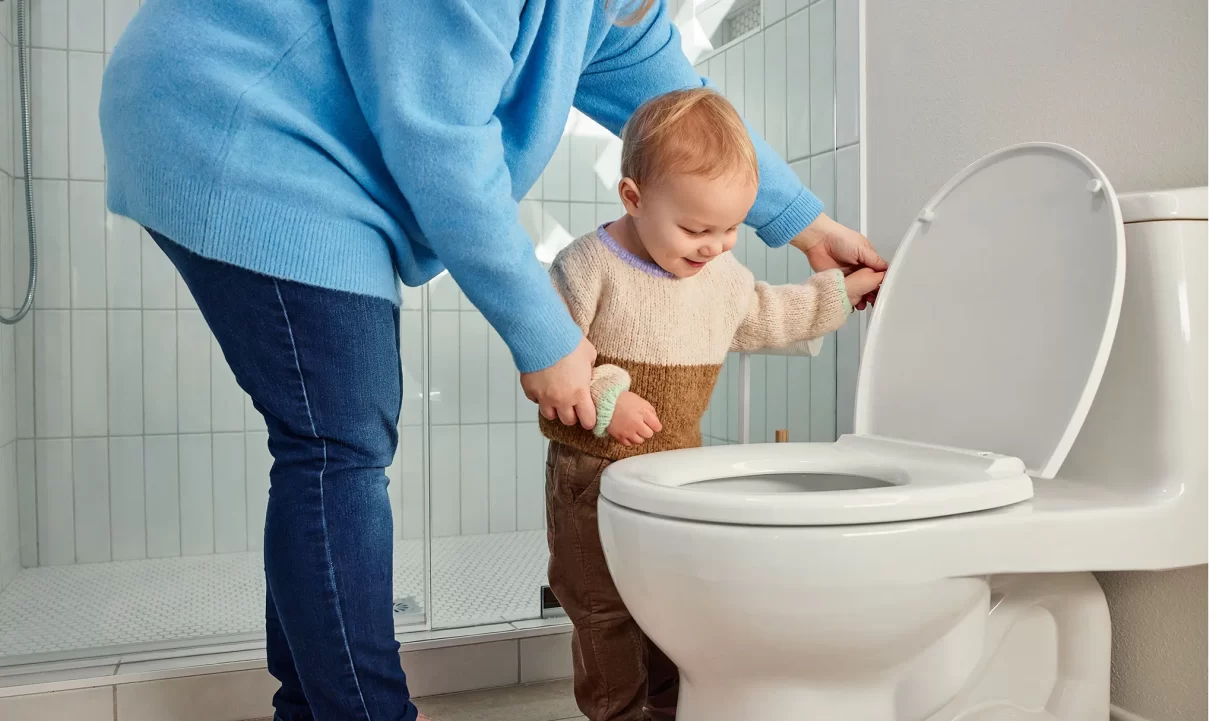
For potty training regression, the process includes setbacks and accidents. A mishap or setback may cause children to become agitated. Remind your youngster that it doesn’t matter and that they shouldn’t be concerned if this occurs. Here are some suggestions to help prevent mishaps:
- Take your youngster to the bathroom right immediately if they claim they need to go.
- Remind your child that they may need to go if you’re certain they haven’t pooped or weed in a long time. It’s possible that your child is too occupied with an activity to use the restroom.
- Prior to an outing or during an extended period of play, find out if your youngster wants to use the restroom. It’s okay if your child chooses not to go.
- Make an effort to keep the toilet or potty accessible and usable at all times.
Children that are toilet trained may not become dry at night for months or even years. A dry diaper in the morning is the primary indicator that your child is getting dry overnight. You can attempt to quit using spare clothes at night if you see this beginning to occur.
Conclusion
Every child learns bathroom independence at their own rate, and it’s a journey rather than a competition. Your kid will receive the consistency, direction, and support required to develop confidence and achieve if the home and daycare maintain a shared plan.
Searching for a nurturing setting for significant life events like potty training with accidents policy? To learn more about how we work with families at every stage (e.g. Preschool Program), schedule a tour at Little Scholars.
FAQ
When to start potty training?
Depending on their individual physical and emotional development, most kids are ready to start potty training between the ages of 18 and 36 months. Keep an eye out for indicators like communicating needs, demonstrating interest in the toilet, and remaining dry for extended periods of time. Both parents and children may become frustrated if they begin before these symptoms manifest.
When to start potty training boys?
Though each child is different, boys usually demonstrate readiness between 24 and 36 months, which is a little later than girls. Keep an eye out for indicators such as curiosity about bathroom habits or the capacity to adhere to basic directions. Timing and patience are crucial because rushing the process can make training stressful.
How to start potty training?
Start by introducing the toilet and outlining its function in straightforward, upbeat language. Encourage your child to celebrate victories, sit on it frequently, and handle mishaps with composure. Toilet routines at home and at daycare should be consistent to support learning and boost self-esteem.
When to start potty training girls?
Although individual differences should be taken into account, girls typically demonstrate readiness between the ages of 18 and 30 months. Recognizing the need to go, remaining dry for extended periods of time, and displaying interest in the restroom are all indications of readiness. Girls can thrive at their own pace when they are given gentle encouragement and a nurturing environment.
How long does potty training take?
Depending on the child’s readiness and practice consistency, potty training can take a few weeks to several months. Some kids learn control during the day first, and then at night. The most crucial elements for success are consistency in routine, patience, and positive reinforcement.

